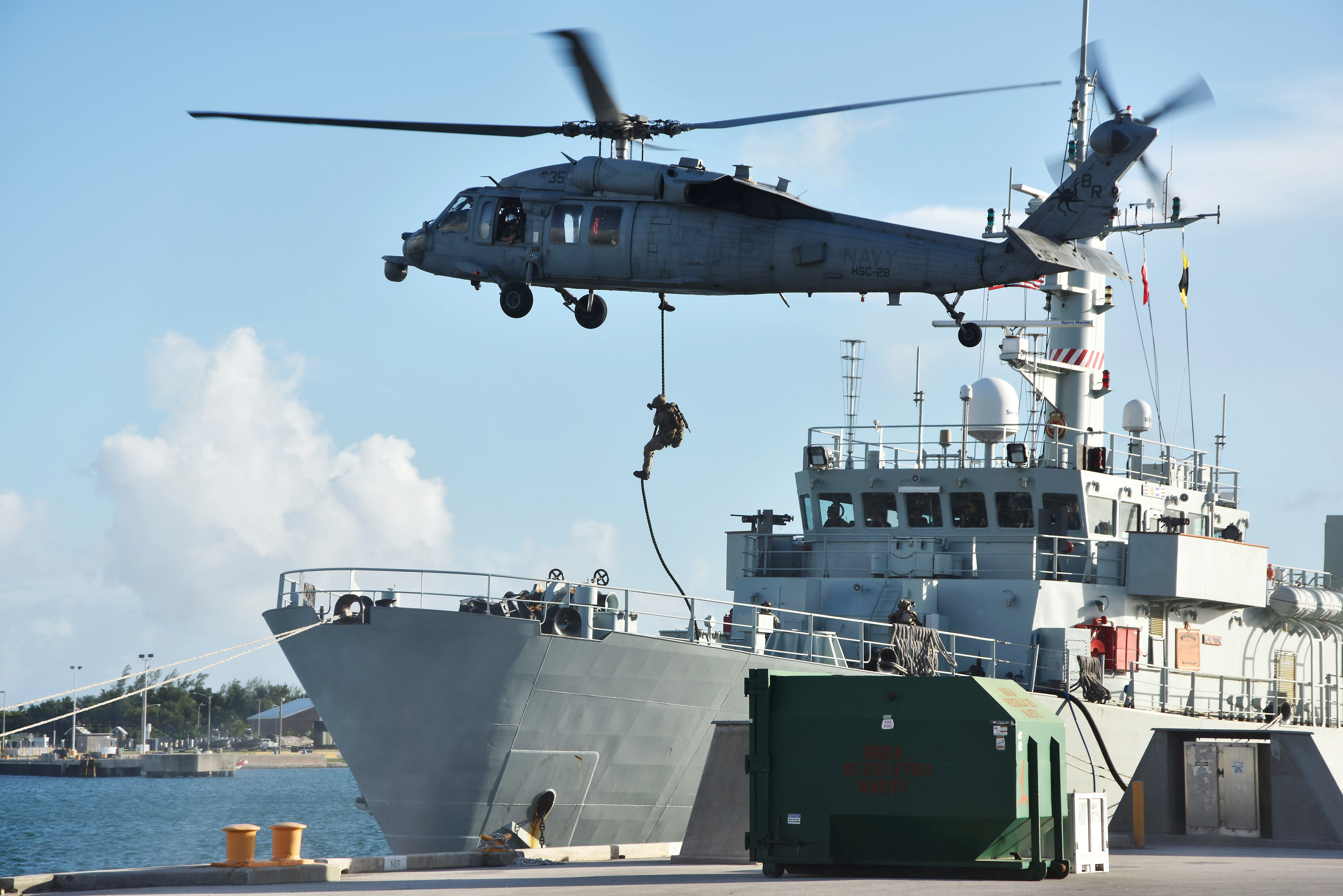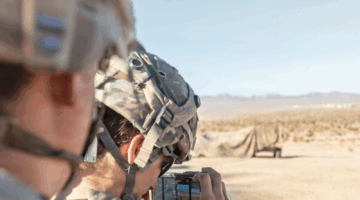
WASHINGTON: Earlier this month, Yuhao Wang and Jielun Zhang, Chinese students at the University of Michigan, drove past a gate guard at Naval Air Station Key West after ignoring instructions to turn around, leading military police on a 30-minute chase that ended in their capture where investigators found pictures of military buildings on a camera and cell phone.
The incident came just weeks after another Chinese citizen, Lyuyou Liao, was charged with unlawfully taking pictures of military buildings on Key West after walking around a perimeter fence and getting inside the base from the water, ignoring warnings from people nearby that it was a restricted area. Liao claimed he was trying to take pictures of the sunrise, but investigators only found pictures of the Truman Annex on his camera.
We don’t know exactly why the Chinese are paying so much attention to Naval Air Station Key West. While small, the base plays a big role in training, tech experimentation, and monitoring and tracking vessels offshore.
Navy F-18 pilots train there to sharpen combat tactics, and it is also used to train Navy detachments of Army, Navy, and Marine Corps special forces troops. Critically, it’s also home to Joint Interagency Task Force South, which monitors illegal trafficking in the Caribbean by fusing Navy and Coast Guard air and sea operations while collecting intelligence in the region.
That mission — and the way it’s organized and carried out — might be of interest to Beijing as it aggressively pushes past the first island chain and find itself having to contend with keeping watch over vast swaths of ocean. To keep its people connected, Beijing will need to mesh disparate operations and platforms together with multiple ships, aircraft and sensors in play. The task force is housed in the Truman Annex, which drew so much attention from Liao in December.
Key West was also recently used for testing new unmanned air and undersea systems the Navy is experimenting with, that may have caught Beijing’s eye.
The interest by the Chinese government in how the US trains and equips its forces is hardly a surprise. The Pentagon has been warning for years that Beijing hacks into government and military contractors’ networks to pull classified plans and sensitive acquisition data out for their own use. But what has caught many by surprise is the simplistic nature of the gate rushes, a far cry from the more tech-centric spying the Pentagon is scrambling to protect itself from.
China remains determined to steal American technology “at any cost,” Defense Secretary Mark Esper said last week, warning that American companies remain under “continuous siege” digitally. Acting Navy Secretary Thomas Modly recently told me that “the Chinese have stolen a lot of [technology] from us, and they’re pretty good at stealing from us and putting that right into platforms and things that can ultimately threaten us.”
Dean Cheng, a China analyst at the Heritage Foundation, called the inept spywork “very strange,” but noted similar acts are likely happening all across the United States. Cheng said the Chinese might be interested in seeing how the special operations forces on base train and equip since Beijing “is worried about what Special Operations are doing. They might look at that and think those guys might have a support Taiwan mission” in the event of hostilities.
A scene similar to those at Key West played out last fall when two Chinese diplomats and their spouses ignored the instructions of a gate guard at Fort Story, Va., leading to another chase that only ended when fire trucks were parked in their path. The New York Times reported that one of the diplomats was suspected of having ties to Chinese intelligence. Both were expelled in December.
The December and January incidents came about a year after the original Chinese gate runner, Zhao Qianli, got inside the complex in September 2018. He would eventually plead guilty to illegally taking photographs of Joint Interagency Task Force South, along with the command’s secure Antenna Farm. Federal authorities would later claim he lied on his visa application, omitting this Chinese military service. Searching his Miami hotel room, investigators found a police uniform and the People’s Republic of China Interior Ministry belt buckle which he claimed they were given to him by his father. He was sentenced to a year in prison, and released in November.
A spokesperson for Naval Air Station Key West would not talk about security measures at the base or any recent changes there but confirmed, “our mission here is to support warfighter training. We host aircraft and other squadrons/units from all services and agencies at our airfield on Boca Chica Field and in our Truman Harbor at Truman Annex. We mostly host a lot of F/A-18 Super Hornet squadrons for air-to-air combat training in our ranges to the south of Key West and in the Gulf of Mexico.”
Another area of interest might be the existence of Fighter Squadron Composite 111 at Key West, an “aggressor” squadron that Navy and Marine Corps pilots train against. The squadron plays the role of enemy aircraft, giving fighter pilots a chance to practice air combat tactics, something China would love to see up close as its pilots push further out to sea on aircraft carriers and airstrips on man-made islands in the South China Sea.
But for now, the men arrested in Key West over the past two months sit in jail, awaiting their fate.

